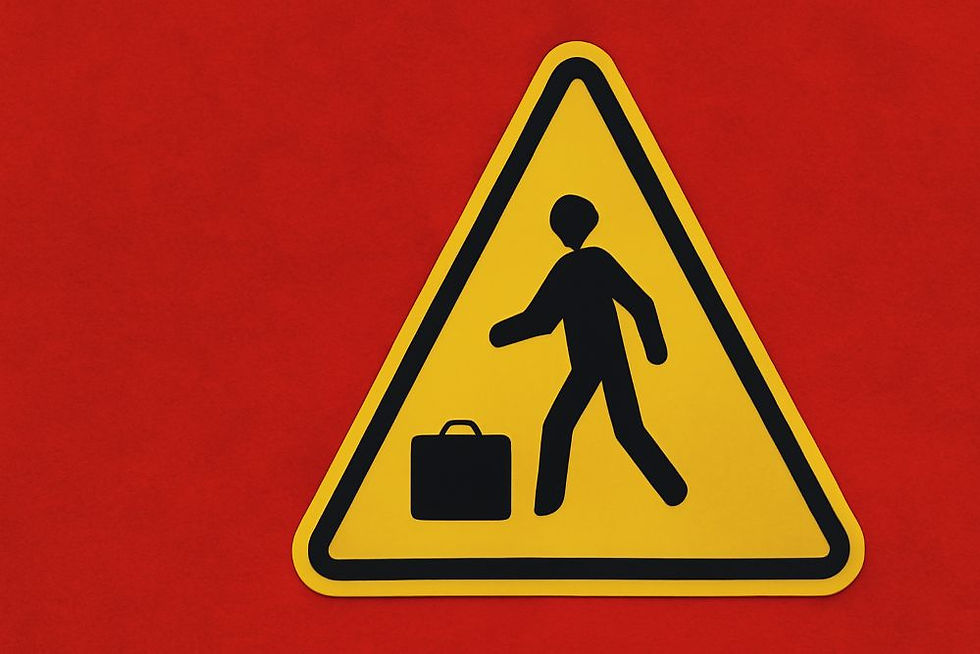Russia Plane Crash Near Tynda: 49 Dead, Urgent Reform Needed
- Admin
- Jul 24
- 3 min read

On July 24, 2025, tragedy struck in the skies above Russia’s Far East as an Antonov An-24 passenger aircraft, operated by Angara Airlines, crashed during a second landing attempt near Tynda in the Amur region. All 49 people on board including 43 passengers, five of them children, and six crew members are presumed dead after rescue teams discovered the burning wreckage on a forested hillside roughly 15 kilometers from the airport. No survivors have been found.
This marks Russia’s first fatal commercial aviation disaster since July 2021 and it comes at a time when the country’s aviation industry is under intense pressure from both internal aging infrastructure and external global sanctions.
The ill-fated aircraft, a Soviet-built Antonov An-24 manufactured in 1976, vanished from radar as it attempted a second landing amid deteriorating weather and low visibility. The twin turboprop aircraft, long regarded as a workhorse of regional Russian aviation, failed to make contact with air traffic controllers shortly before the crash.
After hours of anxious search and rescue operations, a helicopter team located the charred remains of the aircraft on a densely wooded slope a terrain that likely added complexity to both the landing and the subsequent emergency response.
A criminal investigation is now underway, spearheaded by Russian transport authorities and aviation regulators. Investigators are exploring three key angles:
Pilot Error during the approach
Technical Malfunction due to outdated or unserviceable components
Adverse Weather Conditions including fog and poor visibility
The Antonov An-24, once the pride of Soviet aviation, was never built to last this long. Designed for 20–30 years of operation, this specific aircraft had been flying for nearly five decades.
Due to Western sanctions that followed Russia’s 2022 invasion of Ukraine, the country has faced severe limitations in acquiring aircraft parts and maintenance support for foreign or outdated aircraft. This has resulted in:
Overstretched fleets continuing service far beyond their safe operational lifespan
Black-market maintenance solutions, risking unregulated and unsafe repairs
Delays in modernizing Russia’s regional aviation infrastructure
This tragic incident may prove to be a turning point or at least a painful reminder of the risks of operating aging Soviet-era aircraft without proper modern support or oversight.
This crash isn't just a headline; it's a heartbreaking human catastrophe. Among the 49 victims were families, children, and aviation professionals whose lives were cut short. Social media channels across Russia have been flooded with tributes, mourning messages, and growing public concern about the state of the nation’s aviation safety.
Emergency crews, investigators, and federal authorities, including the Kremlin, have acknowledged the scale of the tragedy. President Vladimir Putin has reportedly been briefed, and a special commission has been established to oversee both the investigation and the broader safety review of domestic airlines and aircraft fleets.
This crash must serve as more than just a somber marker on the aviation timeline. It highlights deep-rooted systemic challenges that demand urgent reform:
Retirement of Obsolete Aircraft: Aircraft like the Antonov An-24 must be permanently grounded unless certified safe by modern international standards.
Reinvigorating Domestic Aerospace Manufacturing: Russia must increase production and innovation of safe, modern aircraft to replace its aging regional fleet.
Independent Oversight and Transparency: Aviation accidents must be investigated with transparency and impartiality to rebuild public trust.
Sanctions Workarounds Must Not Compromise Safety: Creative solutions to sanctions must not involve cutting corners on passenger safety or maintenance quality.
As the world mourns the victims of the Tynda plane crash, the focus must now shift from grief to prevention and accountability. Russia's regional aviation is stretched to its limits, and without strategic investments and genuine safety reforms, more lives may be at risk.
This disaster is a warning bell not just for Russian aviation, but for all nations grappling with aging infrastructure, political isolation, and the imperative to protect every passenger, every time.









Comments